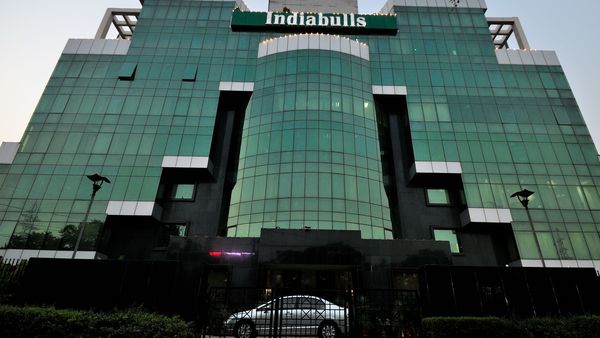
About 10 years ago, I arrived at the Hong Kong International Airport for the first time. After the 16-hour flight from San Francisco, I had a day of meetings ahead of me. Upon exiting the plane, I was shocked to be screened for fever and any signs of flu from the Hong Kong Airport Authority. I later learned these measures were put in place after the SARS outbreak a full decade earlier. Even though the risk of SARS had receded, the preventative measures were still in place.
Fast forward to today and things have drastically changed. Over the past month, the coronavirus outbreak starting in Wuhan has spread across China and put the world on alert. It’s put a serious strain on the global supply chain and threatened many entrepreneurs who rely on overseas vendors for components in a “just in time” delivery model.
And yet, the spread of coronavirus is just one of many macro threats facing entrepreneurs today, including far-right Nationalism, the closing of borders, and increasing factional violence, like in Hong Kong last year.
In our interconnected and globalized world, entrepreneurs are now faced with the most precarious and unpredictable business environment in more than two decades. For many founders who have grown up in a decade of relative plenty and stability, this may be the most challenging and testing time they have yet to face.
How, as an entrepreneur, can you prepare for these challenges? Especially when many of them may be out of your direct control or a result of larger and broader shifts?
Fortunately, there are a few simple steps you can take to ensure that no matter what happens, you are prepared. The first of these is creating a resilience plan to ensure your business is on a good footing and prepared for any type of disaster, natural or man-made. Additionally, you need to be preventative and open with relevant colleagues and stakeholders to ensure they are ready to spring into action and deliver when the time comes.
Contents
Create a resilience plan
Just two weeks ago, a former customer called me in a state of audible duress. They suffered a significant database and ransomware hack. Although the hack did not impact payment information, people’s Personally Identifiable Information (PII) was stolen.
“We have to come forward and tell our partners but we have no plan of action for consequences for what to do afterward,” said the former customer.
Although the former customer ended up messaging all relevant stakeholders and surviving this ransomware attack, the process would have been significantly easier if he had a resilience plan. A resilience plan can address any issues focused on data loss and hacking but also core executive incapacitation, “force majeure” events like natural disasters, product removal or regulatory challenges, and rapid landscape shifts including those politically motivated.
The plan should address the following areas: essential functions, succession in the event of incapacitation of key management, authority delegation, communications and backup functions, facilities management, supply chain and vendor scenario planning, and health and safety considerations for all employees and stakeholders.
One of the starkest examples of business with clear continuity guidelines is the Waffle House. Yes, that Waffle House. Due to the predominance of their locations in hurricane-prone areas, Waffle House has a robust continuity plan indicating different levels of service based on the severity of the damage. For example, if a Waffle House is closed, it is considered a severe event. If they have no power, they may still serve limited food and other items. This resilience is so infamous that FEMA created a “Waffle House Index” to measure disaster damage based on the operating functionality of the restaurant chain.
If the Waffle House can create a robust resilience plan, you can too.
Be preventative and open with your colleagues
Returning to the ransomware story above, one of the key worries of my former customer expressed was the risk of laying off employees. “I’ve never discussed what could happen to them in the face of a challenge. What the difficulties could be. Maybe they can even lose their jobs,” he said.
This illustrates the importance of transparency and accountability with colleagues and stakeholders, especially ones who are key to the continuity of the business. Before a challenging situation arises, it’s highly advisable to be preventative and open with your colleagues as to what could happen in the event the office has to shut down for a period of time or new revenue does not materialize. Although the consequences can range from just having to work from home or remotely for a period of time to even furlough of pay, if your colleagues can prepare for the road ahead, the process will be much easier.
For key external stakeholders like supply chain partners, it’s important to be preventative and proactive in the planning process. During initial negotiations, create a backup plan in the event that a key third party partner can no longer deliver services. Layout all expected scenarios and create action plans that will minimize the loss of product and service delivery.
Take steps now to prevent challenges
By taking steps now, you can prepare your enterprise to be more resilient in the event of a disaster or any other extraordinary situation that arises and is out of your control. To get a head start, create a resilience plan today. Second, you must be preventative and open with your colleagues so they rally around your enterprise’s common cause and act as effectual stakeholders.
[“source=entrepreneur”]














































